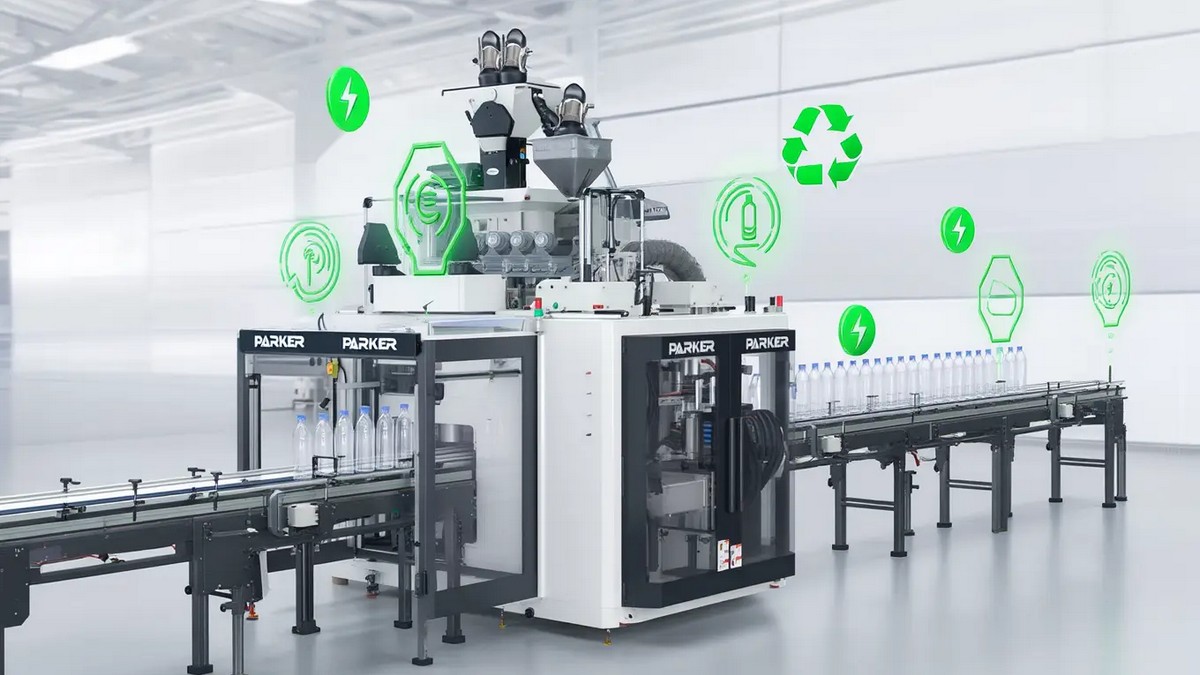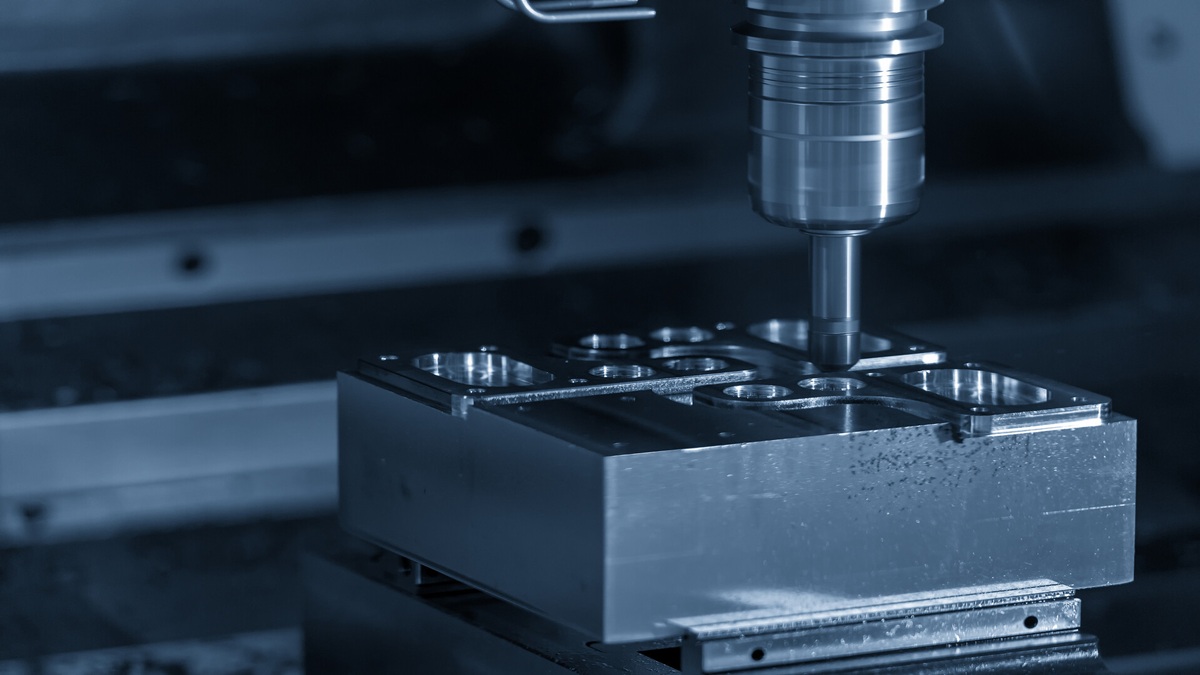In 2020, the United States relies on the growth of demand in its construction market, which will drive the woodworking machinery industry's revenue to increase significantly. Among them, the residential structure construction market is the main supporting factor for the income growth of the woodworking machinery industry. The beauty, durability, and environmental protection requirements of wooden materials have also become factors driving increased revenue.
Woodworking machinery market demand
The U.S. domestic woodworking machine market demand increased by 8.77% in 2018. In 2019, the market demand decreased by 1.62% by about US$2.062 billion. In 2019, the import and export value decreased compared with the previous year. Import value of US$1.329 billion decreased by 3.88% from the previous year. Export value US$131 million decreased by 3.68% from the previous year.
According to data from the International Trade Administration, the U.S. woodworking equipment is showing a trade deficit trend. The top five importing countries of U.S. woodworking equipment are China, Taiwan, Germany, Italy, and Canada; the top five exporting countries are Canada, Mexico, Australia, the United Kingdom, Germany; the countries with the largest trade deficits are China, Taiwan, Germany, and Italy. The United States adopts a moderate degree of protection for the woodworking machinery industry, mainly from tariff protection, which is about 2.9% to 35% to balance the number of imports and domestic products.
Industry growth depends on increased construction activities
Woodworking Machinery refers to the production of special machinery for processing wood, wood panels, and wood products, which are mainly used in sawing wood, furniture, wood product processing, and other industries. The U.S. woodworking machinery industry is a mature industry with a high degree of globalization. The main users are not very price-sensitive, and the product differentiation is not large. There are not many new players and products. Since 2007, manufacturers in the industry decrease year by year.
The income growth of the woodworking machinery industry is mainly affected by industries such as sawmill equipment, wood product manufacturers, and the construction industry. Over the past five years, the USA woodworking machinery industry has experienced strong revenue growth. The growth of the industry is highly dependent on the residential, commercial, and institutional construction markets, and is affected by the overall economic situation.
The prosperous construction market, especially the residential structure construction market, is the main support factor for industry income growth. The annual growth rate of housing and construction projects in the past 5 years has been 5%, which has led to more builders buying related woodworking machinery to build new houses. Although the proportion of wood-based building materials used in the commercial and institutional construction markets is relatively low, due to the large market size, it is still the main market influencing factor.
In the upstream and downstream markets, the demand for woodworking machinery is also affected by the market’s demand for woodworking contractors and furniture manufacturers. For example, commercial office rentals are high, and the demand for decoration and wooden furniture also increases. Woodworking builders and furniture manufacturers, etc. The increase in business demand will also increase the demand for the renewal or purchase of woodworking machinery.
According to the report data released by Freedonia Focus Reports, it is estimated that by 2023, the demand for wood products in the United States will increase by 2.4% annually. The increase in construction activities, coupled with the beauty of wood materials, and the use of wood as one of the environmentally friendly materials, are the main factors driving the increase in revenue. However, the relative market growth rate will be limited by the negative characteristics of wood that is easy to crack and rot and it is not easy to maintain, and the restrictions of competition from other alternative materials. The increased demand for other innovative materials with similar aesthetics, such as cement, glass, and ceramics, will reduce the demand for woodworking products, which are potential disadvantages and threats to the market.
Sawmill equipment products occupy the first place in the city
According to data from the IBIS World research report, the woodworking machinery industry’s revenue growth rate was 1.5% in the past 5 years, and it increased by 1.7% in 2019, reaching a total of 863.6 million U.S. dollars. 60% of products in the domestic market come from imports, and labor costs in China and Taiwan. Inexpensive countries have lowered the price of imported machinery. The import rate has grown by an average of about 5.3% in the past five years, reaching US$1.4 billion in 2019. U.S. domestic demand and the appreciation of the U.S. dollar helped promote rapid import growth.
U.S. high-quality woodworking machinery products also compete with products from Germany and Italy. The strong USD is also not conducive to USA exports. Although the Canadian economy, the main export market of the U.S., has slightly improved and the U.S. dollar has also depreciated, it is still not enough to boost exports. The downward trend is that in the future, the US annual exports are expected to decline by 2.3% per year.
In terms of market product ratio, Sawmill has a market share of 44.4%. The main products include circular saws, band saws, machines for removing bark from logs, and machines for slicing or dividing wood or processing wood products. Lathes, planers, molders, and other equipment accounted for 32.6%. Sawmill Equipment and other woodworking machinery parts and accessories accounted for 18.7%. Since most woodworking machinery has a service life of several years, replacement parts are often required. Therefore, the revenue of the parts segment is stable; Home workshop equipment accounts for 4.3%, most of which are Small sawing machines, milling machines, grinders, drilling machines, and sanding machines are expected to grow at a steady 1.6% in the next five years. The markets are differentiated from the users of woodworking machinery products. The main users are construction engineering companies (41.1%) and woodworking product manufacturers (40.2%), which together account for more than 80% of market revenue. The other 15% are for export, and 3.5%. For general consumers.
Sawmill machinery is highly dependent on labor
Woodworking product manufacturers are mainly sawmill equipment. The demand for sawmill machinery and equipment is mainly affected by the following factors:
- The residential construction market, the demand for veneer, plywood, engineered wood products, and millwork producer.
- The non-residential construction market has demand for wooden fixtures and fittings, veneer, medium-density fiberboard, oriented strand board, and wooden furniture.
- Timber prices and relevant environmental protection regulations, etc. The woodworking machinery industry is not very capital intensive, but highly dependent on skilled labor for production. Due to the design, assembly, sales, and distribution functions, labor is an important cost to operators. While introducing new capital technology, it is also necessary to cooperate with highly skilled labor to design products and operate machinery and equipment.
Apply communication technology to maintain competitiveness
The U.S. woodworking machinery industry has a low degree of concentration. The top 3 players only account for about 10% of the market revenue. Globe Machine Manufacturing Company has a market share of about 4.7%, Wood-Mizer LLC has a market share of about 4.4%, and other major players are scattered. The main success factors in this industry depend on whether there is a fragmented customer base, brand awareness, compliance with environmental protection requirements to reduce waste and rapid adoption of new technologies to improve productivity.
Woodworking machine manufacturing technology mainly lies in controlling manufacturing and operating expenses through management, as well as investing in quality standards, information systems, and product development to maintain a competitive cost structure. As manufacturers’ activities and technologies must often be redesigned according to changes in input and output, the cost remains relatively high; at the same time, customers’ products must be reconfigured to improve efficiency and comply with changing government regulations. In some cases, need to change the process.
Also, to maintain market competitiveness, the company must constantly update its information system to provide effective services. To increase sales and inventory levels, more and more companies are adopting communication technology. This includes network service technology, allowing customers to check inventory, prices, download and print orders, and use electronic bills through the Internet. When introducing CNC and CAD equipment, the more technical personnel are needed.
Woodworking machine products can distinguish products and markets by size, product function, technology, and product complexity, such as portable and fixed, cutting width, cutting speed, and performance differences. With the recent increase in demand for portable products, the industry has relatively increased investment in the design and development of portable woodworking and sawmill machinery and equipment.
In addition to the US market, it also supplements the Latin American market-Brazil
Brazil has abundant timber production and a huge domestic demand market. The timber processing industry is developed and there is a high demand for woodworking machinery and equipment. Taiwan's woodworking machinery is cost-effective and highly accepted in Brazil. It has divided up many markets that were originally European machinery. If you want to deepen the Brazilian market, you should strengthen the agent's strength. Brazil has a large territory, with nearly 60% of the area covered by forest trees. According to SNIF's investigation, Brazil has abundant timber production and a huge domestic demand market. The timber processing industry is quite developed. Therefore, there is a high demand for woodworking machinery and equipment, making it one of the most important woodworking machinery markets in the world.
The future direction of the woodworking machinery industry:
With the improvement of living standards, traditional handmade furniture manufacturing can no longer meet the needs of the current market, coupled with the preference of many young generations for personalized furniture, making woodworking machinery play an increasingly important role in the global furniture industry and home life; It is estimated that the global woodworking machinery industry will reach USD 441.4 billion in 2021.
In response to the climate crisis, woodworking transformation and green material processing will become a trend. With the advent of the Industry 4.0 era, more and more building materials and furniture manufacturers expect to reduce costs through big data analysis and management. In the future, woodworking machinery will enter smart manufacturing, and the Internet of Things will also bring woodworking machinery comprehensive monitoring, prediction, diagnosis, and independent learning, and bring a new production and sales model.









.jpg)
.jpg)
.jpg)


.jpg)